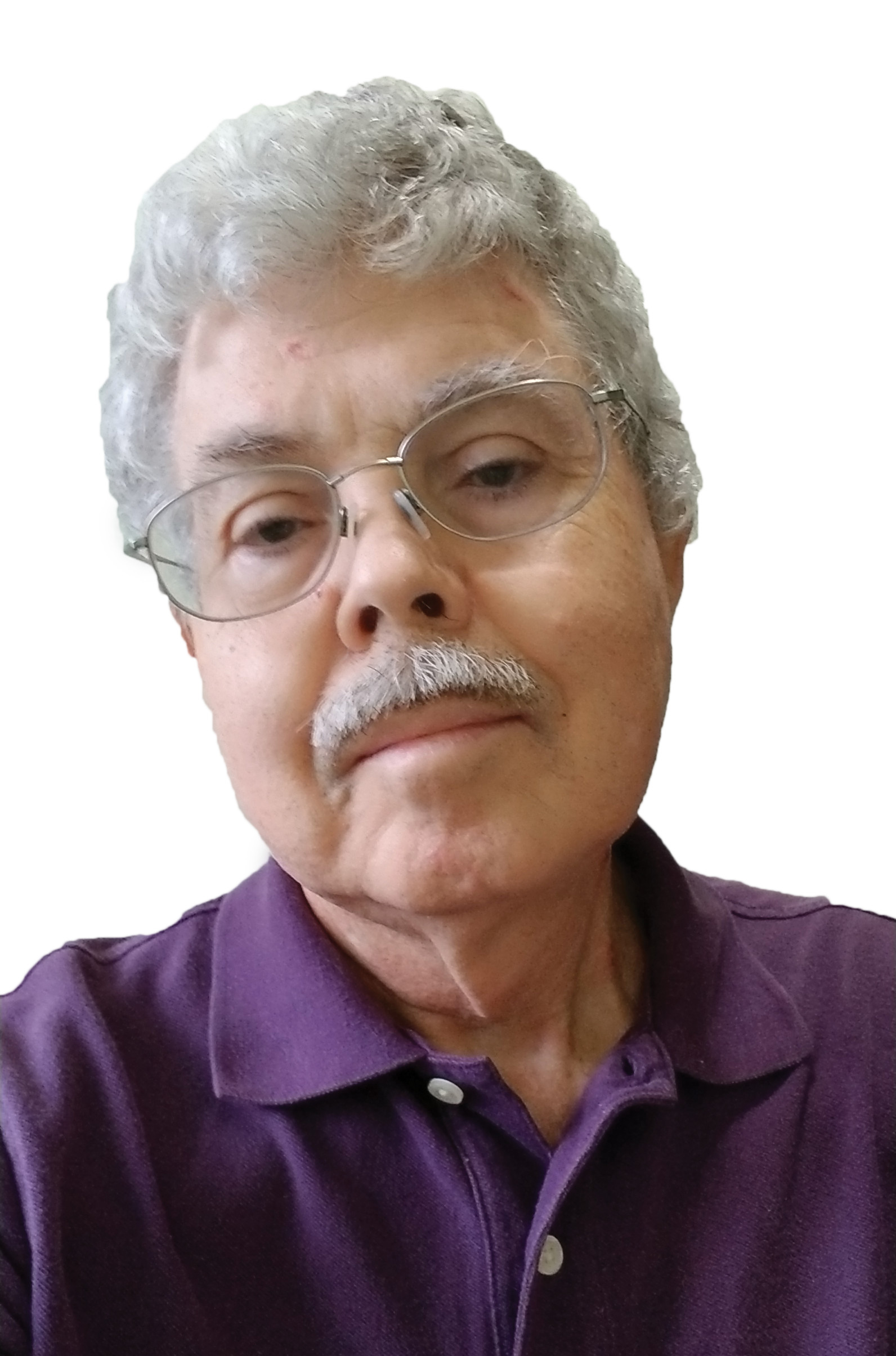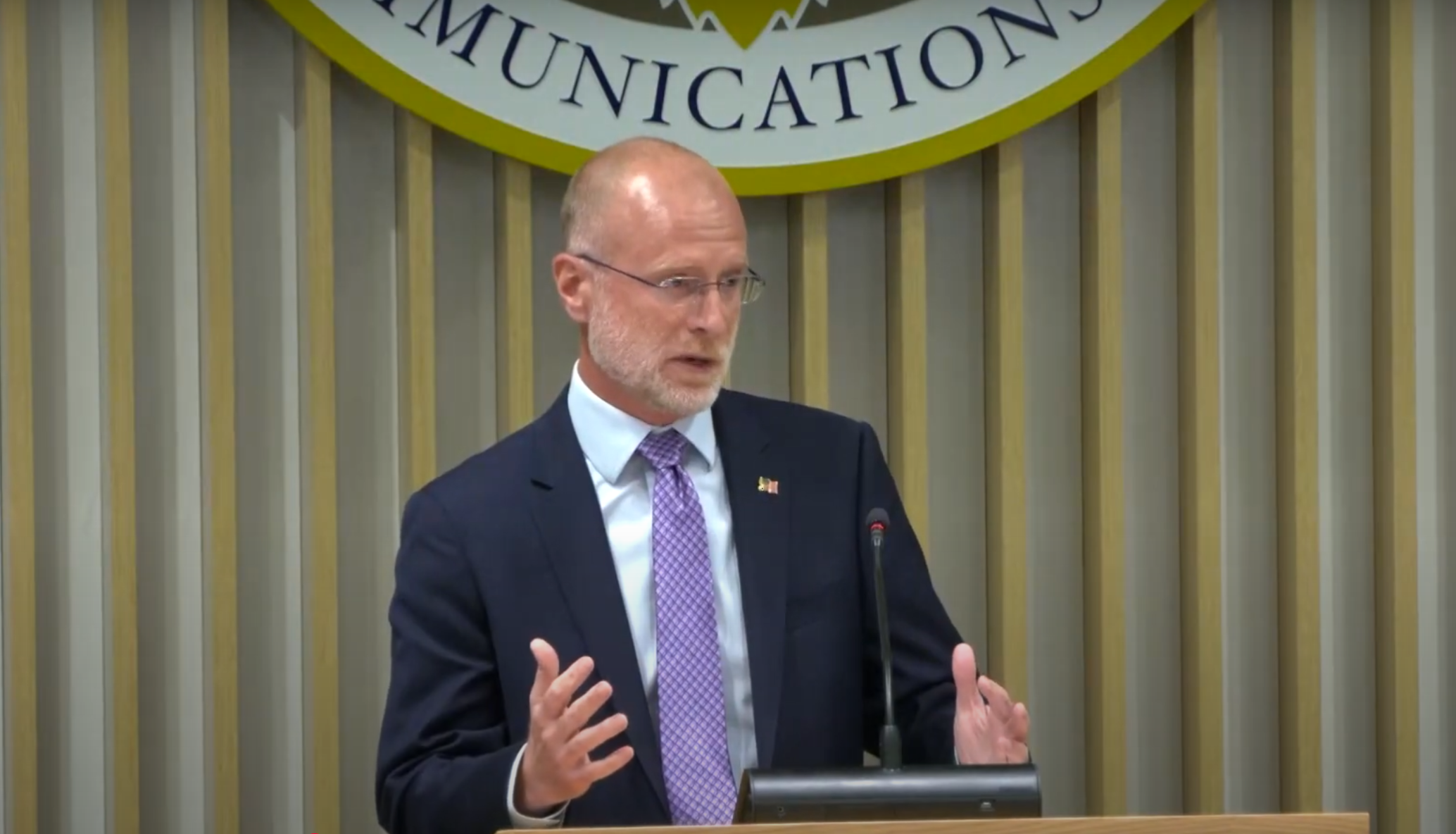NASA Plans 622 Mbps Space Communications Test
Until someone figures out a way to break Shannon's law, higher data rates over greater distances will require more bandwidth, which means higher frequencies. When the goal is 622 Mbps between Earth and spacecraft in deep space, lasers may be the solution.
On board the Lunar Atmospheric and Dust Environment Explorer (LADEE) is a Lunar Laser Communication Demonstration (LLCD) from NASA. This will be used in an attempt to prove that two-way laser communication beyond Earth is possible, potentially allowing high enough data rates to allow 3-D high definition video transmissions in deep space.
“The goal of the LLCD experiment is to validate and build confidence in this technology so that future missions will consider using it,” said Don Cornwell, LLCD manager. “This unique ability developed by MIT’s Lincoln Laboratory has incredible application possibilities and we are very excited to get this instrument off the ground.”
He noted that LLCD was designed to send six times more data from the moon using a smaller transmitter and with 25 percent less power as compared to the equivalent state-of-the-art radio (RF) system. He observed too that lasers are more secure and less susceptible to both interference and jamming attempts.
The primary ground terminal for LLCD reception and transmission will be set up at NASA's White Sands Complex in New Mexico, with alternative sites at NASA's Jet Propulsion Laboratory in California (receive only) and a European Space Agency site on the Spanish island of Tenerife, off the coast of Africa.
Cornwell explained the value of the multiple sites, noting “Having several sites gives us alternatives which greatly reduces the possibility of interference from clouds.”
Laser communications between satellites in Earth orbit has already been demonstrated by the European Space Agency, but the LLCD laser link from the moon will be 10 times further away.
It doesn't seem likely lasers will replace microwave radio for terrestrial links, except perhaps for short hops between buildings, due to attenuation from precipitation and fog. However, I can imagine lasers being used for back-haul to and from satellite providing high speed data connectivity over Ku or Ka band with multiple spot beams. The downside, of course, is that multiple Earth stations would be required to insure a clear line of site to the satellite and these would have to be in areas where air traffic wasn't a concern.
The professional video industry's #1 source for news, trends and product and tech information. Sign up below.

Doug Lung is one of America's foremost authorities on broadcast RF technology. As vice president of Broadcast Technology for NBCUniversal Local, H. Douglas Lung leads NBC and Telemundo-owned stations’ RF and transmission affairs, including microwave, radars, satellite uplinks, and FCC technical filings. Beginning his career in 1976 at KSCI in Los Angeles, Lung has nearly 50 years of experience in broadcast television engineering. Beginning in 1985, he led the engineering department for what was to become the Telemundo network and station group, assisting in the design, construction and installation of the company’s broadcast and cable facilities. Other projects include work on the launch of Hawaii’s first UHF TV station, the rollout and testing of the ATSC mobile-handheld standard, and software development related to the incentive auction TV spectrum repack. A longtime columnist for TV Technology, Doug is also a regular contributor to IEEE Broadcast Technology. He is the recipient of the 2023 NAB Television Engineering Award. He also received a Tech Leadership Award from TV Tech publisher Future plc in 2021 and is a member of the IEEE Broadcast Technology Society and the Society of Broadcast Engineers.
